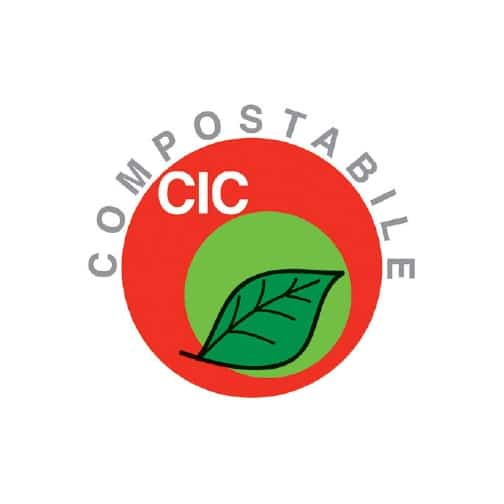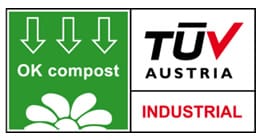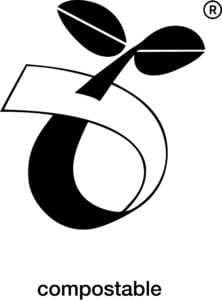To clarify
Cured by Essoquattro’s Quality Office
Today, in the packaging world, there are no terms more used than “biodegradable” and “compostable”: but what do they really mean?
A material can be defined as biodegradable when, because of microorganisms such as bacteria or weathering, this decomposes itself in simple organic molecules such as water, carbon dioxide, and methane. Almost all of the materials decompose themselves, but the difference is how long they take: this process could take a very short time (few months, like for an apple core) or it can take a long time (for a bottle of water it’s necessary some hundreds of years). To be defined biodegradable, a product has to decompose itself at 90% within 6 months.
A material is defined as compostable if degrading and disintegrating it becomes natural fertilizer; this transformation has to happen at least 90% of the times within 3 months. From these definitions it is understood that a compostable material is always and necessarily biodegradable, whereas a biodegradable material it is not always compostable.
To evaluate a material’s compostability, it’s necessary to run the tests indicated by the norm UNI EN 13432:2002
- Material’s characterization, the determination of the chemical composition and the presence of dangerous substances (for example heavy metals)
- Biodegradability, to verify that within 6 months at least 90% of the material is decomposed and that the sum of the non-biodegradables materials is inferior to 5%
- Disintegration, to verify that within 3 months at least 90% of the material is made up of residues of <2mm in size
- Quality of the fertilizer and ecotoxicity: a germination test is performed on the fertilizer obtained in order to assess the absence of toxic effects on plants
How can one know if the packaging we use is compostable?
- On the packaging, look for “biodegradable and compostable in accordance with UNI EN 13432”
- On the packaging, look for the labels that vouch the certification of biodegradability and compostability, which in Italy are mainly the ones below listed.
So, let’s be careful to what’s written on packaging: every other reference to compostability, that is not through the ones below reported, it cannot be considered reliable.




